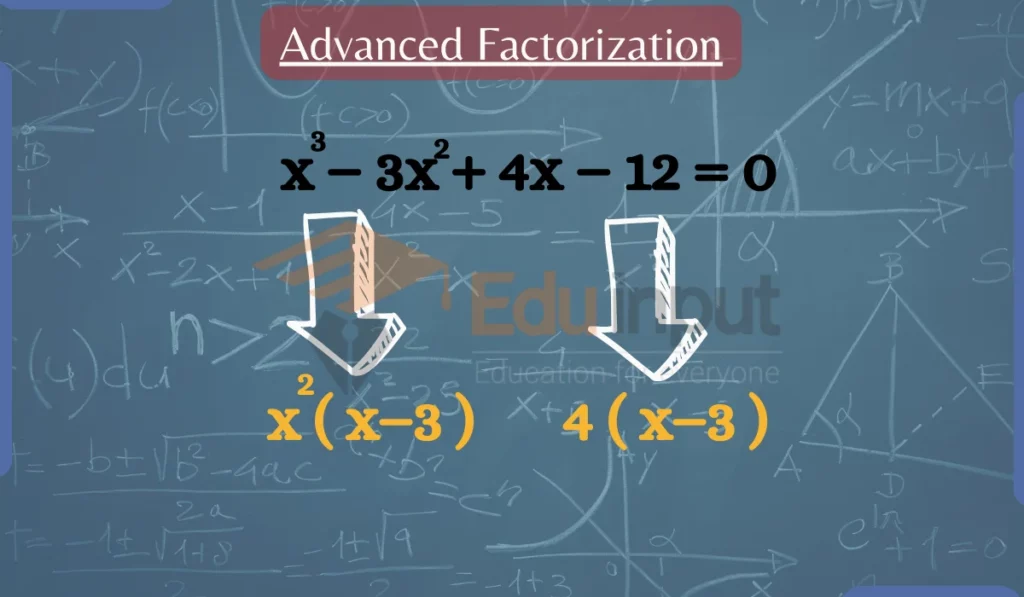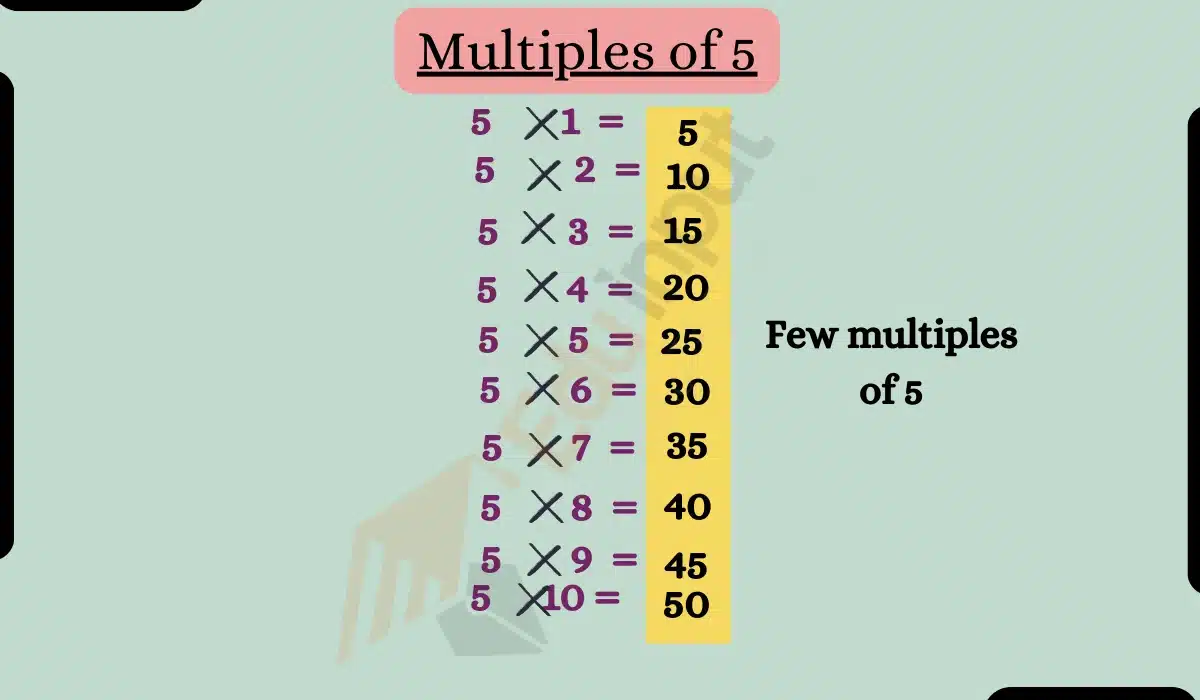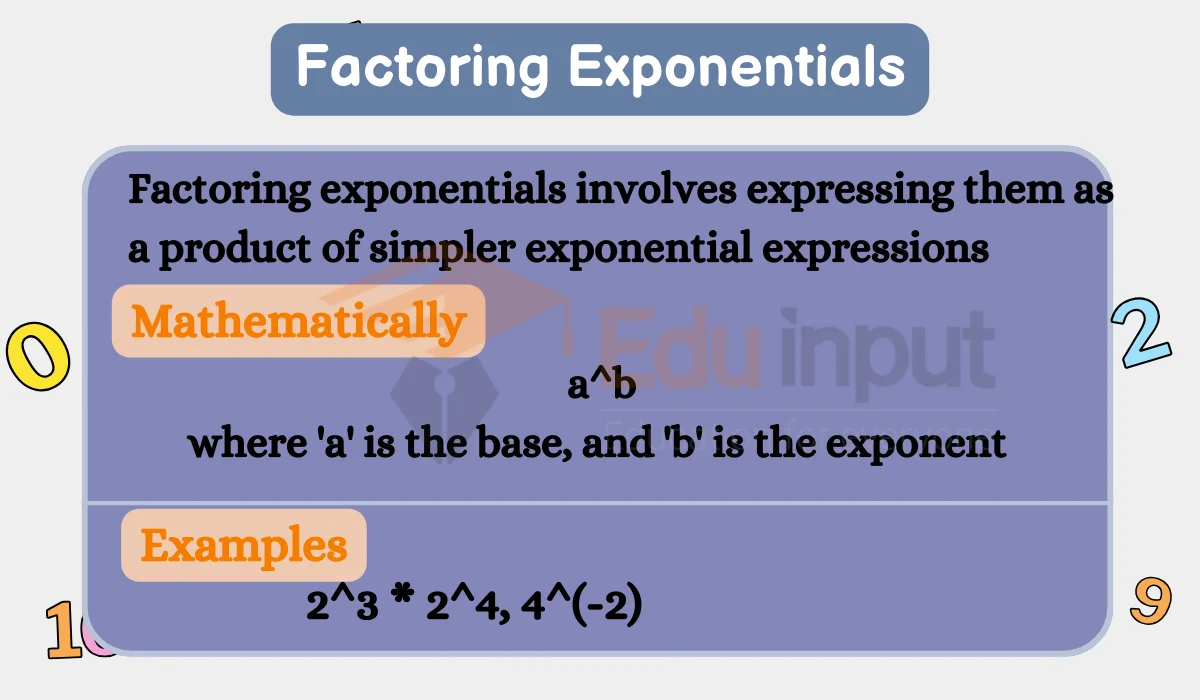Advanced Factorization
Factorization is an important topic in algebra. It involves breaking down polynomials into a product of linear factors.
In this article, we will discuss several advanced factorization methods used to factor higher-degree polynomials.

Factor Theorem
The factor theorem is a useful tool for factoring polynomials. It states that if (x – a) is a factor of the polynomial f(x), then f(a) = 0.
Example
Consider the polynomial,
f(x) = x3 – 2x2 – 5x + 6
To use the factor theorem, we set f(a) = 0 and solve for a:
f(2) = (2)3 – 2(2)2 – 5(2) + 6 = 0
Since f(2) = 0, we know (x – 2) is a factor.
Grouping Method
The grouping method is used to factor quadratic trinomials of the form:
ax2 + bx + c
To use grouping, we split the middle term bx into two terms that add to bx. Then we factor by grouping:
Example
x2 – 5x + 6
Split -5x into -2x – 3x:
= x2 – 2x – 3x + 6
Factor each pair:
= x(x – 2) – 3(x – 2)
Take common factor:
= (x – 2)(x – 3)
So the factors are (x – 2) and (x – 3).
Completing the Square
Completing the square allows us to factor quadratic expressions of the form:
ax2 + bx
To complete the square, we add and subtract the square of half of b.
Example
x2 + 10x
Half of 10 is 5, and 5^2 is 25. Add and subtract 25:
= x2 + 10x + 25 – 25
This forms a perfect square trinomial:
= (x + 5)2 – 25
Factored:
= (x + 5)(x + 5)
So the factors are (x + 5) and (x + 5).
Cubic Formula
The cubic formula gives roots to cubic polynomials of the form:
ax3 + bx2+ cx + d
The cubic formula is more complex than the quadratic formula but allows you to directly solve for the roots. These roots are the linear factors of the cubic polynomial.
Example
x3 − 3x2 + 4x − 12
Group the first 22 terms and the last 22 terms together.
x3 − 3x2 + 4x − 12 = ( x3−3x2 ) + ( 4x−12 )
Here, x2 is common in the first 22 terms and 44 is common in the last 22 terms. Factor them out!
( x3−3x2) + ( 4x−12 ) = x2 ( x−3 )+4 ( x−3 )
Now, factor out (x−3).
= ( x−3 )( x2+4 )
FAQs
What is the best method to start factoring a difficult polynomial?
The best first step is often applying the rational root theorem to get possible rational roots, and then using the factor theorem to test these roots.
When should I use synthetic division versus long division?
Synthetic division is quicker for determining if a linear factor divides a polynomial. Use long division if you need to find the actual quotient or remainder.
Can every polynomial be factored into linear factors?
No, some polynomials of degree 5 or higher are “irreducible” and cannot be factored into linear factors with integer or rational coefficients. In those cases, factorization may require complex roots.





Leave a Reply